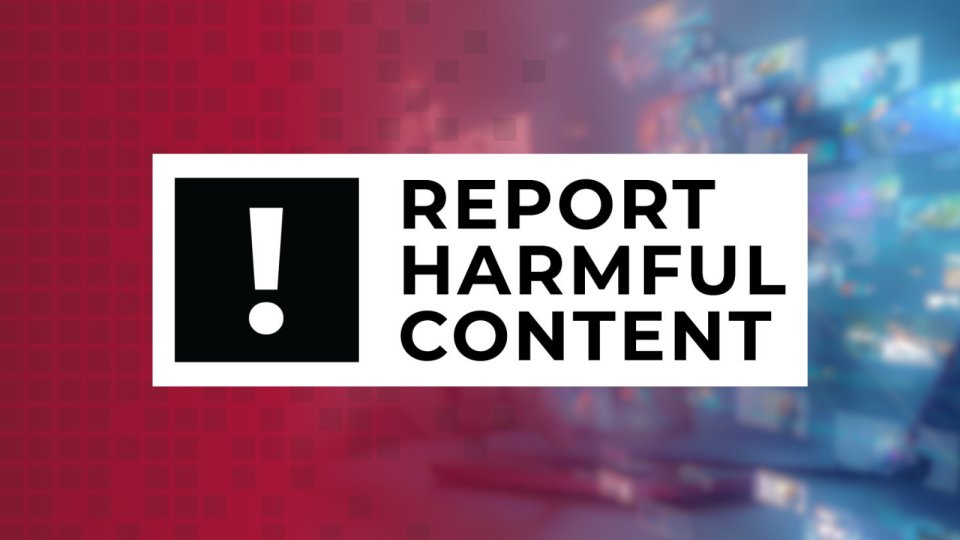In the past year, Report Harmful Content has seen a significant rise in animal abuse reports across social media channels.
Report Harmful Content can reveal that 36% of the content escalated to industry partners between November to December 2023 included animal abuse, with the vast majority involving the abuse of monkeys. Since then, Report Harmful Content has successfully been able to remove 84% of this harmful content being shared across social media platforms.
The content, which is often distressing to watch, usually involves monkeys being physically and psychologically hurt and mistreated. Concerningly, Report Harmful Content has found that alongside much of this content, many viewers have actively engaged in and encouraged the torture of monkeys, revealing a concerning trend across global social media platforms.
Global Scale
Report Harmful Content’s latest findings reflect a recent report by the Asia for Animals’ Social Media Animal Cruelty Coalition (SMACC), which saw 1,266 videos that included pet macaques reach over 12 billion views across social media sites between September 2021 and March 2023, ranging from “seemingly “innocent” treatment to the violent and graphic torture of macaques.” Out of the content they monitored across social media, their research found that:
- 60% of the content involved macaques being physically abused.
- 13% of the content contained the psychological torture of macaques.
- 12% of the content included the physical torture of macaques.
The report also emphasised that regardless of whether the treatment of macaques seems innocent, they were still likely to have experienced psychological distress, discomfort, or physical damage at the hands of their owners.
Wide-Spread Concerns
Last year, a year-long investigation by the BBC uncovered a “sadistic global monkey torture ring stretching from Indonesia to the United States,” the investigation found that torture rings had customers across the world, including the United Kingdom, paying macaques’ owners to film them being tortured and killed.
Journalists discovered that social media channels had groups ranging from hundreds to thousands of people gathering to encourage and pay to see the abuse of animals. Alongside this, the videos were found being distributed across various social media platforms, making them widely accessible to the general public.
Whilst many social media platforms cite that animal abuse is against their community guidelines and will often remove any offending content, Report Harmful Content has continued to escalate content to be removed at the request of users, with many cases resulting in successful removal.
The Consequences of Animal Abuse Content
The cruelty within many of these videos is often graphic and easily identifiable, causing significant distress and concern for many users who witness it online. However, even less graphic and non-violent videos of animals like macaques are contributing to concerning misconceptions about the welfare of these animals.
Further reports from the Social Media Animal Cruelty Coalition suggest that by viewing such content, an individual's understanding of animal welfare can be heavily impacted. In a study of the comments and reactions to videos including captive wild animals, SMACC found that people would frequently normalise the poor treatment of animals and were more likely to want to adopt often endangered animals as pets of their own.
Social Media and the Law
For most social media platforms, content involving animal cruelty is strictly forbidden, with it going against TikTok, Facebook, and many other platforms' community guidelines.
New legislation brought in under the Online Safety Act will help to enforce these guidelines further, with the Act ensuring that all social media platforms will be expected ‘to proactively tackle the illegal content and have it swiftly removed.’
The new legislation will cover all users within the UK who have seen animal abuse content on social media platforms. For more information on how to make a report to a social media platform, or to view their community guidelines, visit the Report Harmful Content website.
What Can You Do If You See Animal Abuse Content Online?
This concerning surge in animal abuse videos, particularly those involving monkeys, is a distressing trend that demands urgent attention and action. The Social Media Animal Abuse Coalition considers it vital to take steps to limit the exposure and monetisation that these videos can receive by ensuring that all viewers take the following actions:
- Be aware
- Report
- Do not watch
- Do not engage
- Do not share
To report any form of animal abuse online, users should always report content directly to the social media platform it is hosted on. If the social media platform or website fails to take action, anyone over the age of 13 in the UK can use Report Harmful Content to escalate their report directly to the platform involved.
To find out how to make a report or read the community guidelines about animal abuse for individual platforms, Report Harmful Content can provide advice and support for users.






